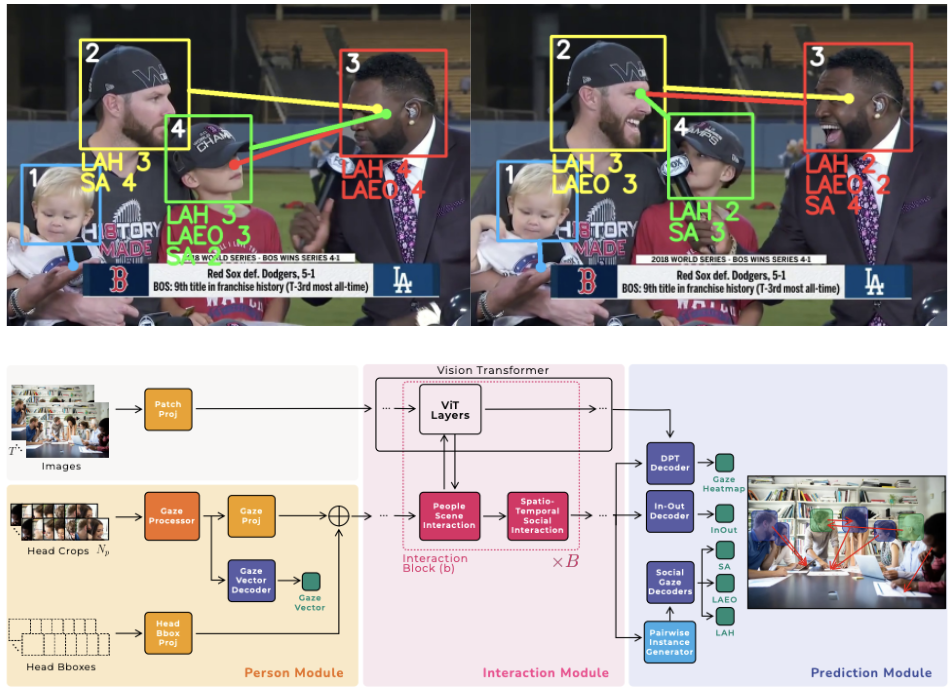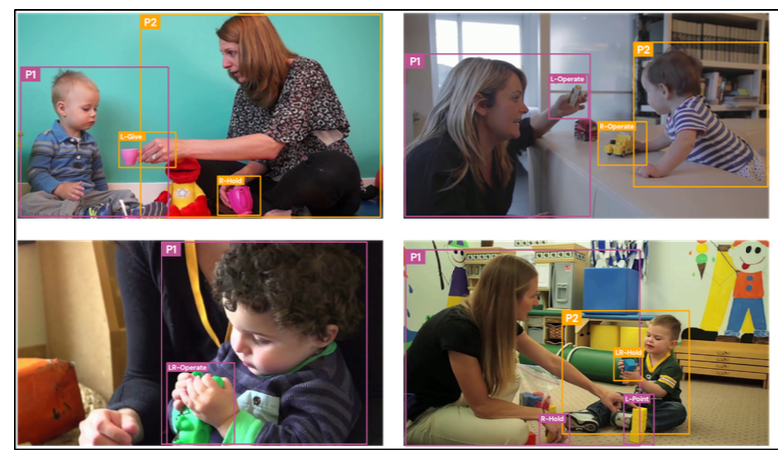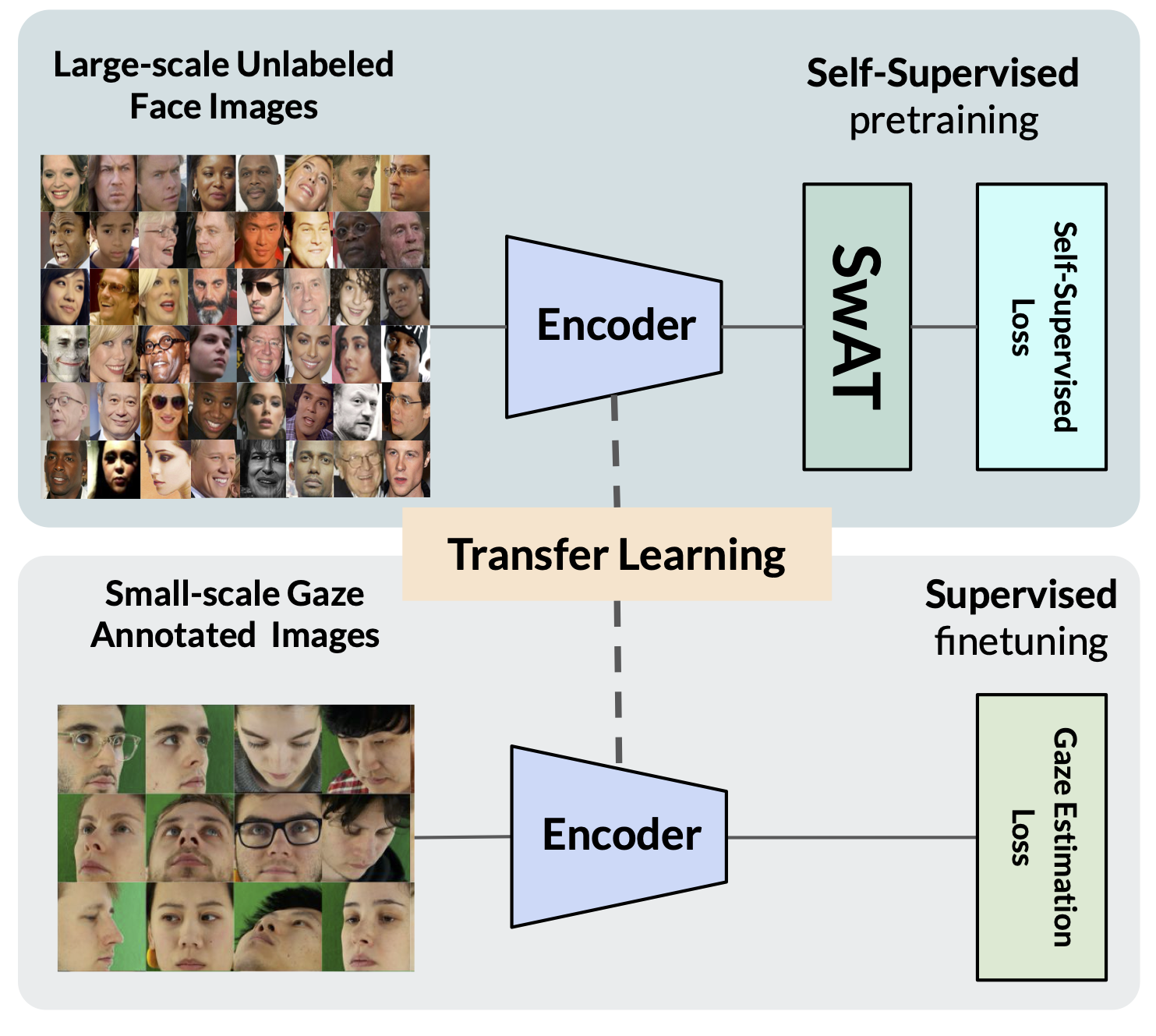Arya Farkhondeh
Machine Learning and Computer Vision Engineer

About Me
Hi! I am a Machine Learning Engineer and Researcher specializing in Computer Vision. Most recently, I worked at EPFL and Idiap in Switzerland on multimodal human-centric video understanding. Before that, I was a Research Intern at the Computer Vision Center (CVC) in Barcelona with Prof. Sergio Escalera. I hold an MSc in Data Science from Sapienza University of Rome, where I worked with Prof. Simone Scardapane.
I am on the job market and open to roles in Machine Learning and Computer Vision.
Selected Publications

NeurIPS 2024
Anshul Gupta, Samy Tafasca, Arya Farkhondeh, Pierre Vuillecard, Jean-Marc Odobez.
arXiv
ECCV Workshops 2024
Arya Farkhondeh*, Samy Tafasca*, Jean-Marc Odobez.
arXiv / data / code
CVPR Workshops 2024 (Nvidia Best Paper Award 🥇)
Anshul Gupta*, Pierre Vuillecard*, Arya Farkhondeh, Jean-Marc Odobez.
arXiv / video
BMVC 2022
Arya Farkhondeh, Cristina Palmero, Simone Scardapane, Sergio Escalera.
arXiv / code / websiteExperience

Research Assistant
Idiap Research Institute & EPFL
Worked on multimodal human-centric video understanding (visual attention modeling, hand-object interaction, vision-language models).

Research Intern
Computer Vision Center (CVC)
Worked on self-supervised representation learning on large-scale facial images & GAN-based image-to-image translation.
Education
PhD, Electrical Engineering (Incomplete)
Swiss Federal Technology Institute of Lausanne (EPFL)
Computer Vision & Machine Learning


Erasmus Exchange, Faculty of Mathematics and Computer Science
University of Barcelona
Courses: Computer Vision, Natural Language Processing (NLP), Bayesian Statistics and Probabilistic Programming, Time Series Analysis, Business Analytics